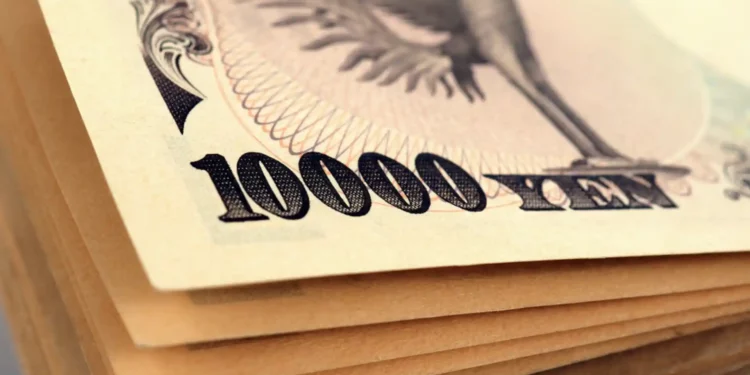Japanese government asserts that the country is making headway in catching up to other nations in the development of cashless payment systems
Japan has released newly designed banknotes for the first time since 2004. The decision could have a minor positive impact on the economy and encourage people who supply cash to invest it rather than bury it under their mattresses.
On Wednesday, the Bank of Japan began shipping the first batch of newly designed notes. The new ¥10,000 notes ($62) have a picture of the man who is regarded as the founder of Japanese capitalism, Eiichi Shibusawa.
Officials from the central bank and finance ministry continue to emphasize the lasting value of paper money, even if the action appears to be at odds with the rising popularity of cashless transactions by consumers and businesses. The effort aims to keep counterfeiters and tax evaders on the defense.
On Wednesday morning, Bank of Japan Governor Kazuo Ueda reiterated the remarks made by Finance Minister Shunichi Suzuki the day before: “Cash is a secure means of payment that can be used by anyone, anywhere, and at any time, and it will continue to play a significant role, despite the trend toward cashless payment.”
At a news conference on Wednesday to mark the introduction of the new banknotes, Prime Minister Fumio Kishida reaffirmed both that reality and the enhanced security of the new notes. The Ministry of Economy estimates that 39% of all transactions in Japan in 2023 were cashless.
Notwithstanding a modest start, this percentage had risen steadily during the ten years prior. Although over 80% of transactions in 2020 in South Korea and China were made without cash, the Japanese government asserts that the country is making headway in catching up to other nations in the development of cashless payment systems.
According to Takahide Kiuchi, executive economist at Nomura Research Institute and former board member of the Bank of Japan, the introduction of the banknotes is expected to have an impact of more than ¥1.5 trillion on the country’s economy, increasing gross domestic product by about a quarter percentage point.
The increase results from the expenditure required to modernize a number of systems, including automated teller machines and ticket dispensers. Simultaneously, some small enterprises will face difficulties in updating their equipment due to the absence of government incentives.
Only about 30% of vending machines will be prepared, according to Suzuki, although about 80–90% of electronic cash registers and station ticketing machines should be compatible with the new bills right away. Additionally, some analysts mention that certain cash savers might alter their behavior.
Japanese families have been encouraged to preserve a comparatively significant portion of their savings in cash due to decades of deflation and extremely low bank interest rates. As of the end of last year, families had an estimated ¥60 trillion in savings in notes, according to executive economist Hideo Kumano of Dai-Ichi Life Research Institute.
Many currency hoarders have chosen to replace their old notes with new ones when new ones have been issued in the past. Instead, they might be urged to begin investing the money now that the biggest inflation in decades has hit, as money stashed beneath the mattress will only lose value in the future.
Positive actions like more investments, bank deposits, or consumer spending should result from this, according to Eiji Kinouchi, chief technical analyst at Daiwa Securities. “If real interest rates stay low, that is the crucial factor.”


















